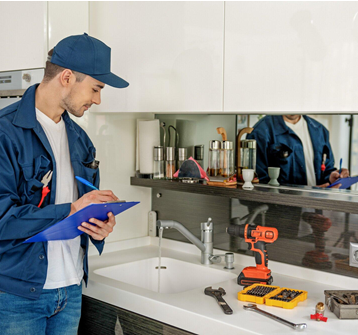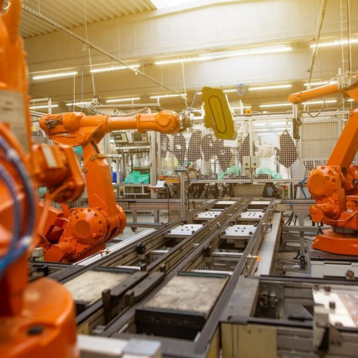Our sci-fi fantasies of colonizing in Mars may soon be a reality. SpaceX founder Elon Musk wants to send humans to Mars by 2024—only six years from now—via a giant spacecraft called the BFR, or the Big Falcon Rocket (also nicknamed the “Big F—king Rocket”). Once completed, the BFR could be used to revolutionize long-distance travel on Earth, launch satellites and space telescopes, transport cargo to space, and establish off-world colonies.
Although this may sound too ambitious, plans to construct a pair cargo of ships that are destined for Mars will begin early next year, and are set to launch in 2022. The company will cover the costs of this large endeavor from its current business of launching satellites and servicing the International Space Station.
The rocket that will take us to Mars
The BFR is 48-meter in length, with a dry mass of 85 tons carrying 1,000 tons of propellant mass. The payload bay is eight-stories tall. As a cherry on top, unlike its predecessors, at least 70 to 80 percent of the craft will be reusable and is capable of refueling in space.

Photo: A diagram of the BFR. (Image source)
More recently, the engine that could take us to Mars has shattered various records. The X3 Hall-effect thruster, developed by NASA in conjunction with the US Air Force and the University of Michigan, achieved 5.4 newtons of force compared with the old record of 3.3 newtons. The X3 also doubled the operating current at 250 amperes compared with 112 amperes.
Simply put, the X3 offers faster acceleration that would shorten travel time. Not only would it save time and money, this would also reduce the amount radiations astronauts will be exposed to as they travel to Mars.
The goal by 2014 is to send two crew ships to take the first people to Mars, send two cargo ships to bring more equipment and supplies, set up propellant production plant, and build up a base to prepare for further expansion.
Colonizing on the Red Planet

Photo: A scene from the TV series Mars (Image source)
Asides from designing a big rocket ship that will land humans on Mars, scientists, engineers, and technicians, have conducted several missions in the past to determine whether the planet is livable. This includes confirming water resources and identifying hazards. As well, plenty of groundwork needs to be done, which involves placing power, mining, and life support infrastructure for future flights.
NASA already deployed a fleet of robotic spacecraft and rovers on Mars. These robots are sending back data, such as radiation data, to help us learn more about the Red Planet before we establish our first colony.
To further prepare, a group of six people from Hawai’i Space Exploration Analog and Simulation (HI-SEAS) recently participated in an experiment simulating what it might be like to live on Mars. The eight-month experiment, which ran from January to September 2017, was located at a white dome in Hawaii, where crews were required to wear space suits and work on deep space expedition projects. Through simulating life on Mars, researchers developed greater insights on the psychological impacts of living on a foreign planet that could help us better adapt.
What this means for tech industries
As we’re headed for Mars, you can expect to see a greater demand for research and developments in space technology. Whether it’s building or maintaining a spacecraft or operating a satellite system, our investment in space exploration is opening up a variety of careers in this field.

Photo: Image of a satellite (Image source)
And even if you’re not keen on leaving this planet, space technology plays an important role in improving our lives on Earth. From the tiny camera in our smartphone to improved car designs, many of our daily devices are spin-offs from space technology.
Build a career in space tech
There are many career options in this growing field. Some careers that are in demand include aerospace scientists, engineers, PLC programmers, and electronics technicians. To develop the skills and experience you need to succeed, look for university and college programs that offer relevant training depending on your goals. For instance, while a career in aerospace as a scientist or engineer requires four to seven years of university studies, electronics technicians typically require only an electronics technician certificate.

Photo: Technician working with engineers (Image source)
George Brown College offers an Electronics Technician Certificate program where students can develop skills in assembling circuit boards or create electrical drawings, among other valuable skills required by aerospace technicians. As well, students can learn at their own pace and gain hands-on lab experience through software simulation.










